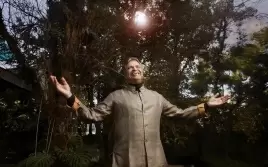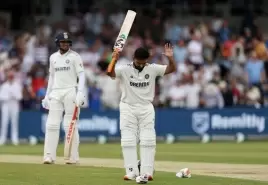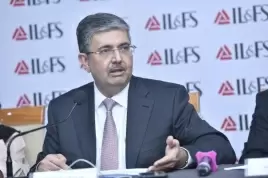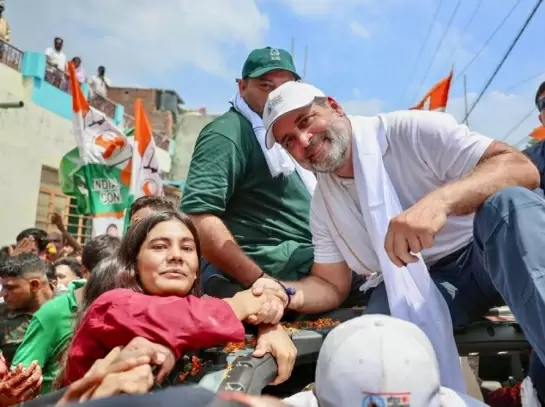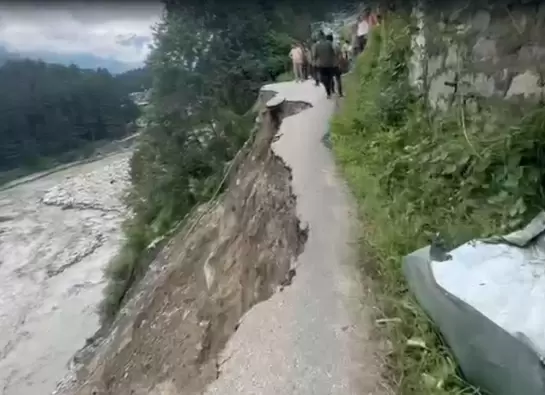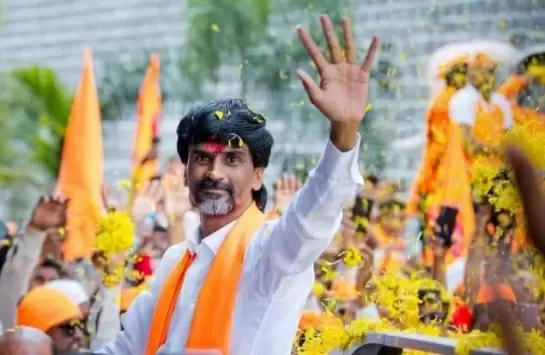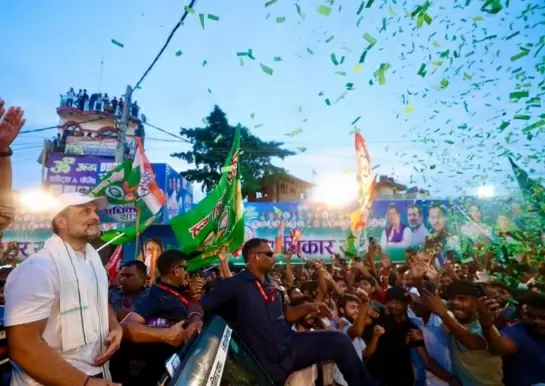Making a case for the street car that was once desired by all

19-November-2010
Vol 1 | Issue 12
Trring triing, trundle, trundle. goes the familiar sound of the conductor’s bell as the tramcar rolls on the timeless flagstones of Kolkata, evoking images of an era gone by. It was in the mid -90s that I first boarded a Kolkata tram. I had spent all my life outside Bengal, and had heard a lot about this magnificent institution that exemplified the best of the unhurried spirit characterizing the city.
Cities like Mumbai - where I was brought up - had discarded them long ago, in favour of fast-moving buses. It took me more than an hour and a half to traverse a distance that the overcrowded Kolkata bus would have taken a mere 30 minutes or so to cover. Besides, as we crossed the maidan, the overhead wiring gave way, and it took an additional 20 minutes before the problem could be set right.
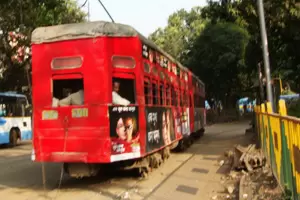 |
|
Kolkata’s heritage showpiece: Kolkata is the only metro in India where trams still operate carrying thousands of commuters daily
|
Since then, a lot of water has flown down the Ganges; and after going through a phase when the state government was seriously considering their withdrawal, trams are on a revival spree. Although their numbers are down to around 100 from the 450 or so that ran in the‘70s, the last few years have seen 19 new fibre-glass trams being introduced.
A legacy of a bygone era, the trams of Kolkata owe their existence to British zeal in making cheap public transport available to the natives. Thus, horse-drawn tramcars were brought in to run on a regular basis - in 1880 after a short-lived initial run in 1873. Soon after steam-run tramcars started chugging all over the city in 1882. At the turn of the century, electrification of the tracks was undertaken and in 1902, the first electric tramcar rolled down the streets of Kolkata.
Today, this eco-friendly mode of transport is facing a lot of opposition from those in a hurry. Given the congested state of Kolkata road, many see them as a cumbersome mode of transport. But for the elderly, the lowermost step being close to road-level, trams are the easiest and most comfortable to board, and the safest to travel by. In fact, one rarely ever hears of a tram having caused an accident.
So understandably, the older generation rues them being withdrawn from many routes. The octogenarian Buchias-Mehroo, husband Dadi and sister-in-law Homai - would only use trams for public transport. Now they use cars. Legal activist and former Special Officer of the Calcutta High Court Sutapa Chakravarty says: “In the 70s, it was a pleasant journey travelling down from Bhowanipore, where we lived, to my aunt’s place in Tollygunge, on weekends. We regretted the day these tracks were removed to make way for the metro link.”
Yet, approximately 75,000 commuters use trams daily. Probably driven by the low fares that are the country’s lowest-taken in terms of the rate per km. Yet, Calcutta Tramways Company (CTC) is not a profit–making body, as its Managing Director P K Chattopadhyay admits, since, “in keeping with government policy, we aim to cater to the poorest.”
As concerns of climate change worry populations the world over, it is high time that a rethinking is done on this cheap mode of green transport, and some attempt made to once again reserve some roads for them.



